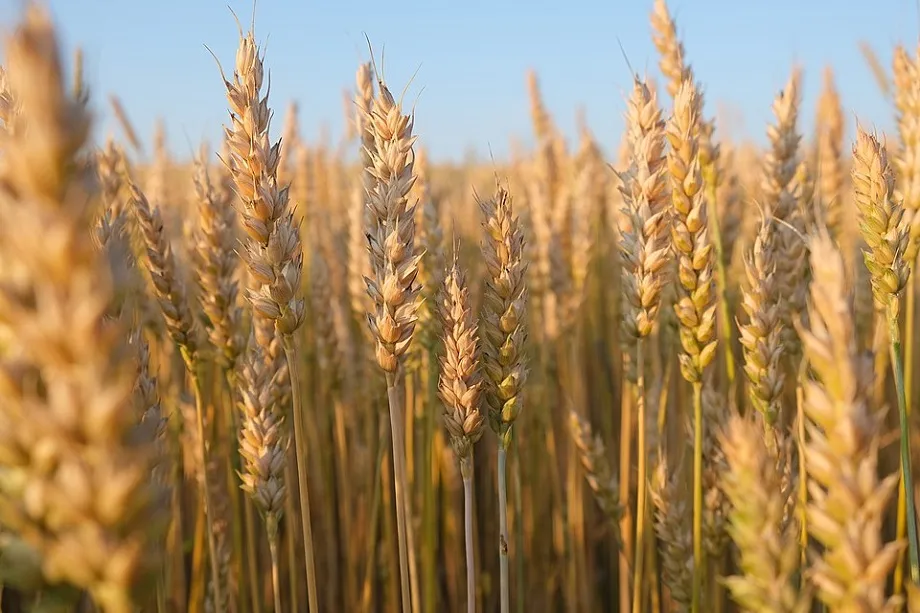ISLAMABAD — Incentives introduced by the incumbent government have led to a dramatic expansion in Balochistan’s cultivated land, with the cropped area reaching 9.4 million acres in 2024, up from just 3.6 million acres in 2010, according to the 7th Agricultural Census of Pakistan 2024.
The census data shows wheat as the dominant crop in the province, with its share rising from 45.0% in 2010 to 48.3% in 2024. However, rice cultivation has fallen sharply from 13.0% to 8.2%, and maize production has dropped from 2.0% to just 0.3% over the same period.
Cotton has seen the most notable growth, increasing from 1.0% to 9.0% of the total cropped area, while sugarcane remains a minor crop at 0.2%. Fodder cultivation has remained steady at 3.0%, and the share of other crops has declined from 35.0% to 24.8%.
READ MORE: Punjab Farmers Protest Wheat Price Injustice
Punjab and Sindh also see growth
Punjab’s cropped area expanded from 45.0 million acres in 2010 to 49.7 million acres in 2024, with wheat maintaining a stable share of around 41.5%. Rice cultivation in the province saw a slight decline from 14.0% to 13.4%, while maize surged from 1.0% to 4.3%.
In Sindh, the cropped area increased from 12.4 million acres to 13.1 million acres. Wheat’s share grew from 38.0% to 40.8%, while rice — a major crop in the province — increased from 20.0% to 21.5%.
Agriculture experts attribute Balochistan’s sharp expansion in cultivated land to targeted government incentives, better irrigation facilities, and improved access to agricultural inputs, though shifts in crop shares highlight changing economic and climatic conditions.









